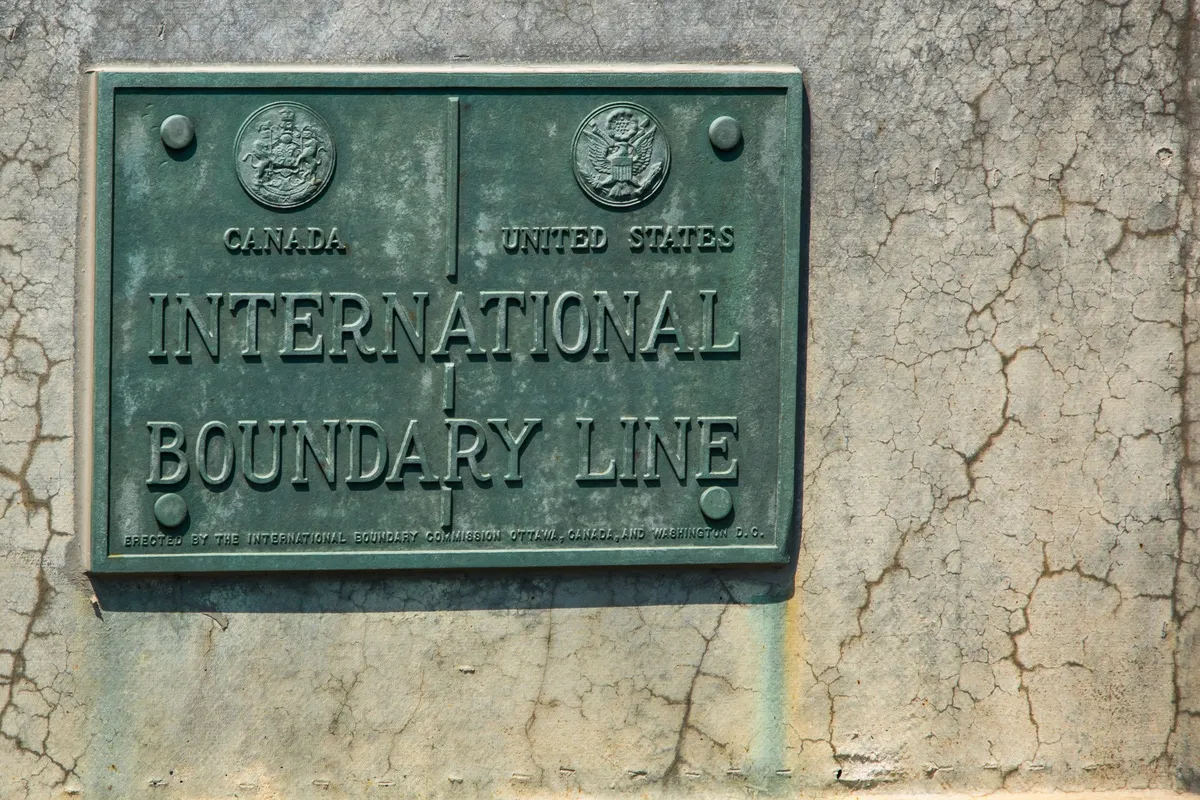Sequestration cuts will hit New York City airports harder than others

Skift Take
The U.S. air-traffic system will operate normally for at least a month before controller furloughs raised by U.S. Transportation Secretary Ray LaHood would begin, assuming automatic budget cuts take place March 1.
Even if they take effect, some reductions will furlough employees at towers that haven’t lost controllers as quickly as the airports have lost flights. Most of the 72 towers that may close overnight have so little traffic at those periods the night shifts could be eliminated now under FAA guidelines, according to data compiled by Bloomberg.
Senior congressional Republicans, including Transportation Committee Chairman Bill Shuster of Pennsylvania, said the agency is exaggerating the impact on travelers and could trim its budget without uniform controller furloughs, noting domestic flights are down 27 percent since 2000.
“We are disappointed by the administration creating alarm about sequestration’s impact on aviation,” the e-mailed statement from Shuster, New Jersey Representative Frank LoBiondo and South Dakota Senator John Thune said. “Before jumping to the conclusion that furloughs must be implemented, the administration and the agency need to sharpen their pencils and consider all the options.”
The Bloomberg U.S. Airlines Index (BUSAIRL) has risen 0.8 percent over the past two trading days, compared with a decline of about 1 percent in the Standard & Poor’s 500 Index, as LaHood warned fewer flights are inevitable if the cuts take effect.
‘Light switch’
If cuts tied to the so-called sequestration aren’t modified by the time furloughs and shutdowns of towers begin around April 1, they could trigger congestion in skies around cities like New York last seen more than a decade ago, just as the spring thunderstorm season arrives, John Hansman, an aeronautics professor at the Massachusetts Institute of Technology, said in an interview.
Newark Liberty International Airport had the worst record for delays in 2012, with 31 percent of flights arriving more than 15 minutes late, according to the U.S. Bureau of Transportation Statistics.
President Barack Obama's administration continued to warn of dire consequences for airline travel yesterday, when Homeland Security Secretary Janet Napolitano said at a White House briefing that international passengers would face double the processing time at busy airports.
“It won't happen like a flick of a light switch, but it will accrue over the next weeks,” she said.
Four hours
Travelers arriving at Newark Liberty, New York’s John F. Kennedy International Airport, Los Angeles International Airport and Chicago O’Hare International Airport would be among those most affected, Napolitano said.
That will mean fliers arriving from overseas may wait more than four hours to clear customs, up from about two hours at peak times now, she said.
If the FAA must furlough as many as 10 percent of its more than 15,000 controllers each day, as LaHood said, the impacts will begin at choke-points across the country and ripple into the rest of the aviation network, Hansman said.
“In places like New York, it could be a big problem,” Hansman said. “Having less people means you have less capacity in the system.”
Just as cars on a crowded freeway can go from 60 miles an hour (97 kilometers an hour) to gridlock if just a few drivers tap their brakes, airports in New York can shift from running smoothly to delayed in little time, he said.
Traffic jam
Across-the-board cuts known as sequestration would shrink federal spending by $85 billion for the budget year through Sept. 30 and total $1.2 trillion over nine years. The annual federal budget is about $4 trillion. Congress mandated the reductions as part of a 2011 deal to increase the U.S. debt limit. They would be split almost evenly between defense and non-defense spending.
LaHood predicted 90-minute flight delays during peak periods at airports including New York, Chicago and San Francisco, during comments at a Feb. 22 White House briefing.
At other facilities, though, the cuts could reduce levels of staffing exceeding agency guidelines.
The FAA’s Cleveland Center, which guides high-altitude flights between Midwest hubs such as Chicago and the East Coast, requires 269 to 329 controllers across all shifts to operate normally, according to the agency’s most current controller staffing study last year. A cut of 10 percent from its roster of 354 controllers would leave the facility at the high end of that range, and doesn’t count the 37 additional trainees at the facility, according to the report.
Airport towers in former airline hubs such as Cincinnati and Pittsburgh also have more controllers than needed to handle reduced levels of traffic, according to the study.
The agency has no choice under sequestration about where it can make the cuts, LaHood said Feb. 24 on NBC’s Meet the Press.
Airport boon
A lengthy cut in FAA’s budget would hurt the agency’s ability to hire enough controllers to replace and train those who may leave in a wave of retirements, Pat Forrey, executive vice president of the Montreal-based International Federation of Air Traffic Controllers Associations, said in an interview.
“This is all going to snowball if they don’t do something,” Forrey said.
Howard Cure, director of municipal research in New York for Evercore Wealth Management LLC, which oversees $3.8 billion, said the cuts could help airports if travelers arrive earlier for flights or get delayed longer and spend more on concessions.
“No one wants this, but I don’t think people are going to stop flying to any great extent unless it’s really protracted,” he said.
“The direct impact would be security issues and then everything that delays the flights because of that, and it’s a big enough hassle now. Just to compound that problem is not fun.”
To contact the reporter on this story: Alan Levin in Washington at alevin24@bloomberg.net. To contact the editor responsible for this story: Bernard Kohn at bkohn2@bloomberg.net.




